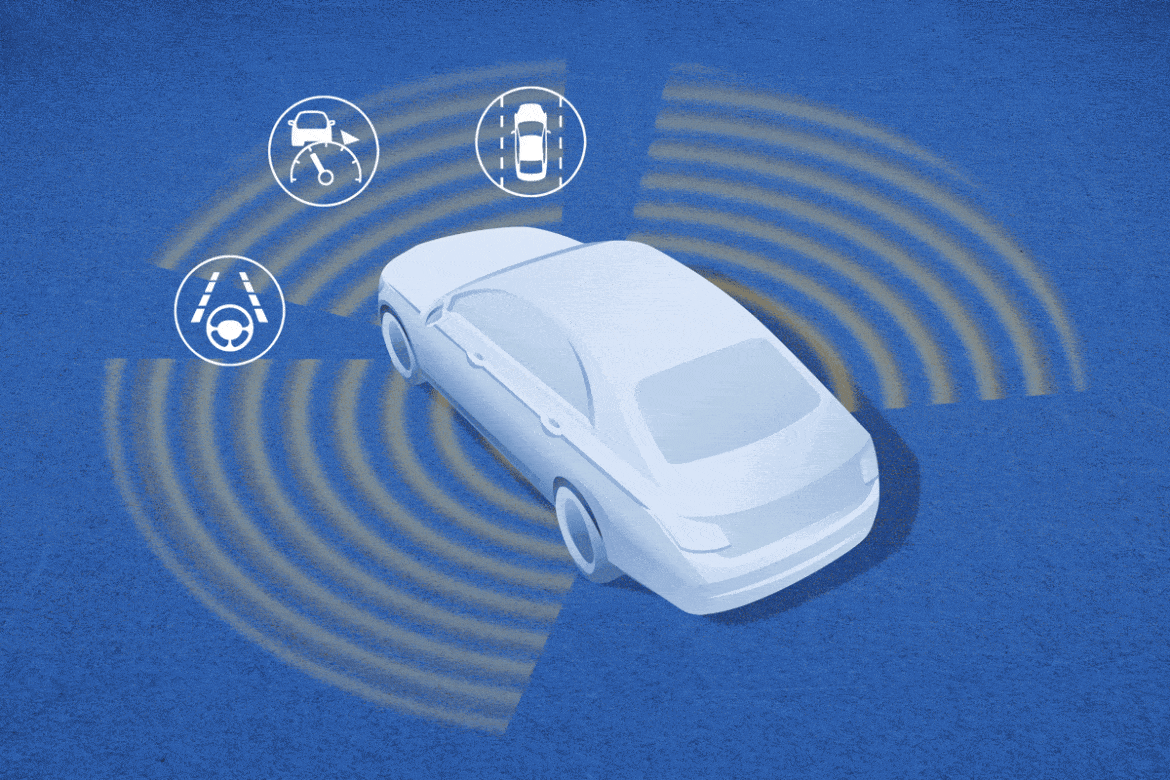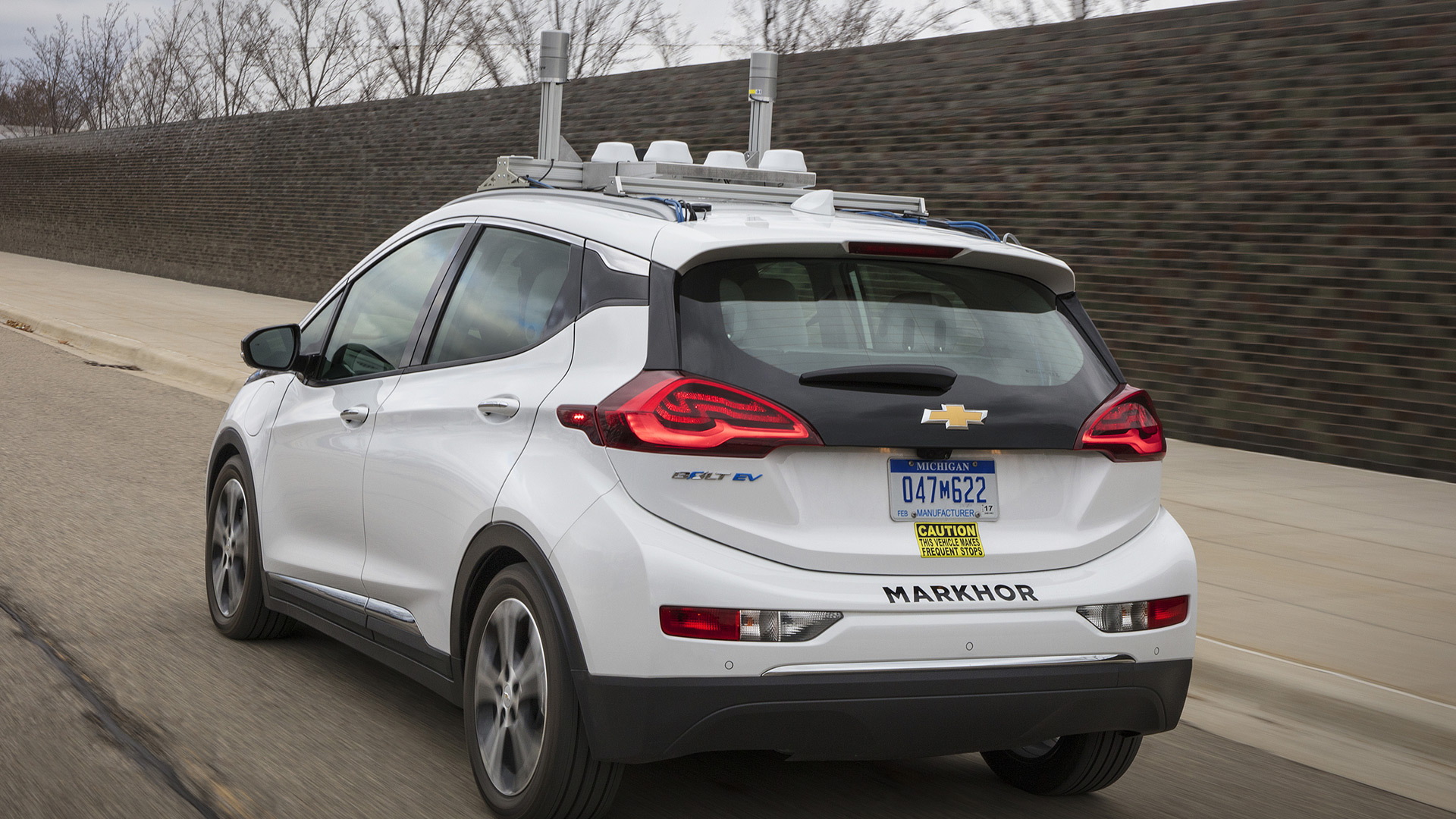Table Of Content

These impacts are largely outside of engineering, although some Tech positions are impacted also. The not-a-car sits on the gleaming black stage surrounded by a halo of light. It’s orange and black and white, and roughly the same size as a crossover SUV, but somehow looks much larger from the outside. There is no obvious front to the vehicle, no hood, no driver or passenger side windows, no side-view mirrors. By Andrew J. Hawkins, transportation editor with 10+ years of experience who covers EVs, public transportation, and aviation. "Cruise is so solid even on narrow streets — the steering wheel has no jitter, totally smooth each block."
Scout Motors wants to put the ‘mechanical’ back into electric trucks
In 2019, Cruise landed a $1.15 billion investment from GM, SoftBank, Honda, and T. I have so many more questions — about the sensor suite, the business model, the testing (if any) that Cruise has conducted — but I’m informed that our time is done. The event is being managed by a unionized workforce, and any additional time could cost Cruise an additional $12,000. I thank Vogt for his time and jokingly ask if there’s an “abort” button in the vehicle.

Incidents

The other crash involving a Mach E killed two people around 3.20am on 3 March in the northbound lanes of Interstate 95 in Philadelphia. Another driver who was able to avoid the CR-V told investigators that neither its tail nor hazard lights were working at the time. The NTSB can only make recommendations, but NHTSA has the authority to take action, including seeking recalls for safety issues. Data from the 2022 Mustang Mach E SUV showed that Ford’s “Blue Cruise” driver-assist system was in use ahead of the 24 February crash, according to a preliminary report released by the National Transportation Safety Board (NTSB). More worrisome to me was that on one of my trips — to a Warriors game at the Chase Center arena — at a busy intersection, a Waymo in front of us wouldn't respond to a traffic cop trying to wave it through a red light. Then another Waymo pulled up beside it and also didn't respond to the cop.
Driver in fatal Texas crash was using Ford’s auto driving system, officials say
The DMV and others have accused Cruise of not initially sharing all video footage of the accident, but the robotaxi operator pushed back – saying it disclosed the full video to state and federal officials. "Our folks cannot be paying attention to an autonomous vehicle when we've got ladders to throw," San Francisco Fire Chief Jeanine Nicholson said in an August hearing. "When you start having passive aggressive protests like people putting orange cones on your cars, this isn't going to come out your way," says Cummings. Even before the October incident, tension over self-driving cars was simmering in San Francisco. Barra reiterated plans for Cruise to be more “deliberate” when operations eventually resume at the troubled self-driving vehicle subsidiary.
GM's Cruise faces long road back to city streets in wake of safety review - Reuters
GM's Cruise faces long road back to city streets in wake of safety review.
Posted: Wed, 31 Jan 2024 08:00:00 GMT [source]
Lucid slashes prices for its luxury EVs for the third time in seven months
Cruise used all-electric Chevy Bolt vehicles, which have been specifically manufactured to support its self-driving system, in its robotaxi fleet. The company intended to shift toward a custom-built autonomous vehicle called the Origin. Cruise was approved to test fully driverless cars (also called Level 4 in industry parlance) in California on October 15th.
Its main rival, Google spinoff Waymo, has been testing its fully driverless vehicles in Phoenix for over a year, and recently announced it would be making its Level 4 taxi service available to more customers. The company had planned to launch a commercial taxi service in 2019 but failed to do so, and it has yet to publicly commit to a new date. There are no fully autonomous vehicles for sale to the public in the US. Last year, General Motors’ Cruise self-driving car unit recalled all 950 of its cars following an accident in which one of its vehicles struck and dragged a pedestrian in San Francisco. While the department of motor vehicles did not elaborate on specific reasons for its suspension of Cruise’s license, the agency accused Cruise of misrepresenting safety information about the autonomous technology in its vehicles. The revocation followed a series of incidents that heightened concerns about the hazards and inconveniences caused by Cruise’s robotaxis.
According to the DMV, Cruise can only test five driverless vehicles “on specified streets within San Francisco.” The vehicles are not allowed to exceed 30 mph, and can’t operate during heavy fog or heavy rain. But in certain circumstances such as a pedestrian positioned on the ground in the vehicle’s path, pulling over is not the desired response. NHTSA opened an investigation on 16 October into four reports that Cruise vehicles may not exercise proper caution around pedestrians.
A pedestrian incident and an alleged cover-up
That prompted the city of San Francisco to file motions with the state demanding a halt to the expansion. Both Cruise and Waymo say their driverless cars are safer than human drivers – they don't get drunk, text or fall asleep at the wheel. The companies say they've driven millions of driverless miles without any human fatalities and the roads are safer with their autonomous systems in charge. In 2017, Cruise was conducting testing on public roads with Cruise AVs in San Francisco, Scottsdale, Arizona, and the metropolitan Detroit area.
Majority owned by General Motors since 2016, Cruise combines a culture of innovative technology and safety with a history of manufacturing and automotive excellence. Cruise has received funding from other leading companies and investors—including Honda, Microsoft, T. Rowe Price, and Walmart. Waymo has avoided much of the public ire that built up over the summer. Its spokesperson told NPR that "safety is our mission and top priority" and that "we treat every event seriously by investigating it to understand what happened."
The push for not-car-ness is evident in Cruise’s intense marketing campaign leading up to the unveiling of the Origin. Not-car inventions that seriously changed how we travel, in other words. Cruise says it wants to “move beyond the car,” but I’m not convinced the absence of certain controls negates its inherent car-ness. As Vogt points out, it occupies the same amount of space as an SUV, and Cruise claims it can travel at normal city speeds. It is a car-like shape and does car-type things, like traveling down a road with people in it. And if there isn’t another good name for it — “the property” notwithstanding — then “car” will have to do.
Regulators accused the company of withholding information about the crash, only sharing that a Cruise robotaxi ran over a pedestrian who had been flung into its path after first being struck by a human-driven vehicle. The news that the company will be relying less on its operations staff during its testing comes after Cruise’s safety drivers have complained about a lack of safety standards during the pandemic and subsequent wildfires. They accuse Cruise of deploying its self-driving cars during the spring lockdown in defiance of public health orders banning nonessential travel. And they say Cruise isn’t doing enough to keep them safe during these public health crises. Cruise was the fifth company to receive a driverless permit from the state’s Department of Motor Vehicles, the others being Waymo, Nuro, Zoox, and AutoX. Currently, 60 companies have an active permit to test autonomous vehicles with a safety driver in California.
And to be honest, I'm not even sure I would always order a Waymo if I had a chance. Right now, beyond the novelty, the big upside for me is that the fleet's cars — electric Jaguars — are comfortable and clean. And that the per-trip cost is about the same as an Uber Comfort (one level up from the base Uber X fare) — but really a bit cheaper, since you're not tipping your robot driver.


No comments:
Post a Comment